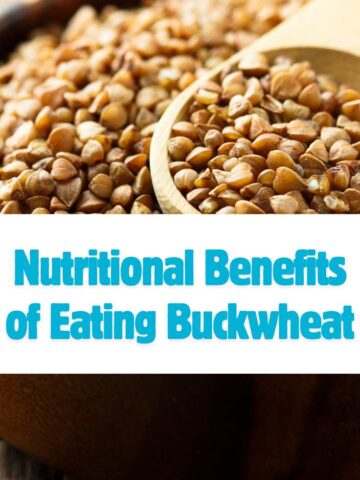What is kimchi?
This traditional Korean condiment, which is made from fermented cabbage and a variety of spices, may also include other vegetables such as onion, radish, and carrot. The flavour varies based on the ingredients used and the method of preparation, but it is best characterised as spicy and sour. Kimchi may be eaten raw or cooked, and it can be used to flavour stews and noodle meals, among other things.
Cutting veggies into slices or strips, kneading them with salt to make a brine, adding spices, then putting the mixture tightly into a jar and letting it ferment for at least a week, but typically longer, at room temperature, is how kimchi is created.

Kimchi may also be purchased commercially from health food stores, big supermarkets, and internet retailers such as Amazon. For the best results, look for unpasteurized forms of the products.
Kimchi has a number of nutritional advantages
A 100g serving (drained) has the following nutrients:
- 24 calories / 102 kilojoules
- 1.1 grammes of protein
- 0.2 g of fat and 3.9 g of carbs
- 1.8 g of fibre
- 1.62 g of sodium chloride
The nutritional value of the dish will vary based on the components that are used. An 80g amount counts as one of your five-a-day servings, according to the USDA.
The top five health benefits of kimchi are listed below.
1. It has the potential to improve intestinal health
In recent years, there has been increasing evidence that fermented foods such as kimchi may increase the amount of beneficial bacteria in the gut, and as a result, may help to alleviate symptoms such as constipation. Incorporating a variety of fermented foods into one's diet may help to promote gut health, which in turn may help to boost the immune system and anti-inflammatory responses.
2. It is possible to increase the nutritional value
The process of fermentation, which is carried out mostly by lactobacillus bacteria, has the potential to increase the nutritional content of the fermented food. This is due to the fact that the bacteria themselves synthesise vitamins and minerals, and that the fermentation process deactivates certain less favourable chemicals, which are referred to as anti-nutrients in the scientific community.
3. It has the potential to improve heart health
Compounds known as physiologically active peptides, such as conjugated linoleic acids (CLA), are created by the bacteria that are responsible for fermentation and have been shown to have a reducing impact on blood pressure. Compounds found in kimchi seem to be beneficial in protecting blood vessels from the detrimental effects of atherosclerosis, as well.

4. May be beneficial in the regulation of blood sugar levels
Kimchi consumption seems to have beneficial impacts on body weight, body mass index (BMI), and glucose control, according to research. How consuming fermented kimchi contributes to these health benefits is not entirely known, and further study is required to fully understand the mechanisms at work.
5. It has the potential to decrease inflammation
Korean fermented foods, such as kimchi, include anti-inflammatory ingredients that have a broad range of advantages, from promoting cardiovascular health to boosting memory and cognitive function.
Is kimchi a safe food for everyone to consume?
If you don't have any particular allergies to any components, you shouldn't be concerned about eating kimchi as a general rule. Moreover, if you are not used to fermented foods or a high fibre content in your diet, it may induce some unpleasant side effects such as gas and bloating, as well as constipation.

The intake of fermented foods should be limited by those who have a histamine sensitivity, and those who are following a low-sodium (salt) diet should be aware that kimchi may contain high quantities of sodium.
What is the best way to purchase the greatest kimchi?
It all boils down to personal choice when it comes to food. Kimchi should have a decent mix of spicy and sour flavours, but with so many different variations available, it is more of a question of trial and error to find out which ones you like the taste of the most. It's only a matter of keeping a check on the salt level, since some of them may contain as much as 3 percent salt, and looking for unpasteurized kinds because pasteurisation destroys some of the beneficial bacteria.




